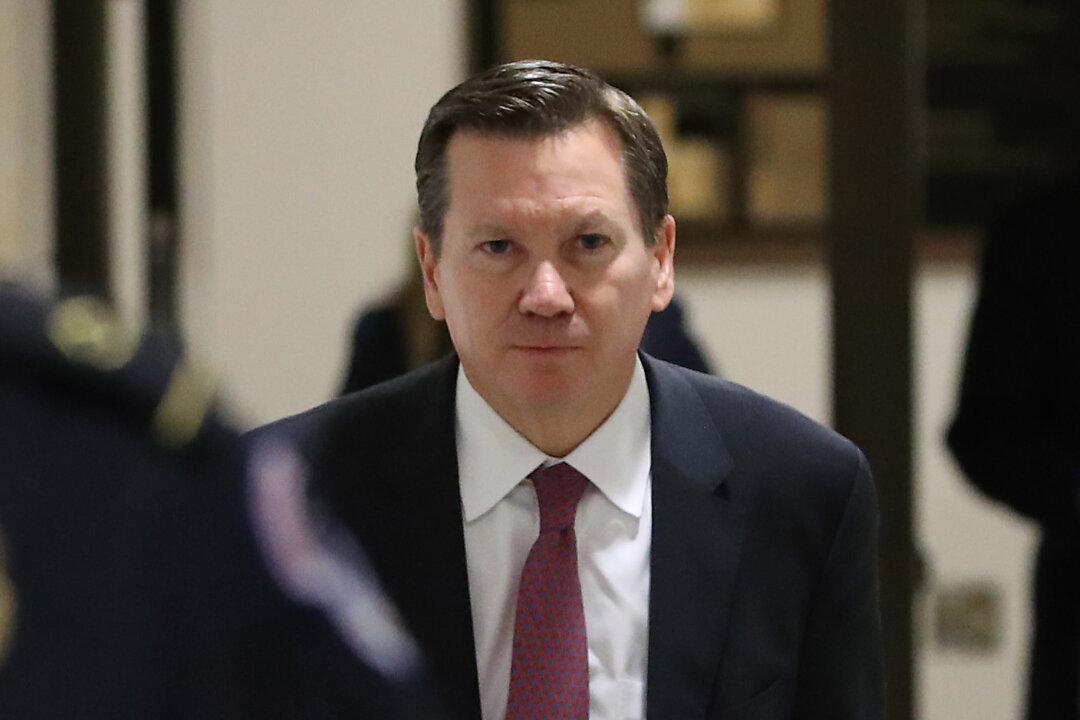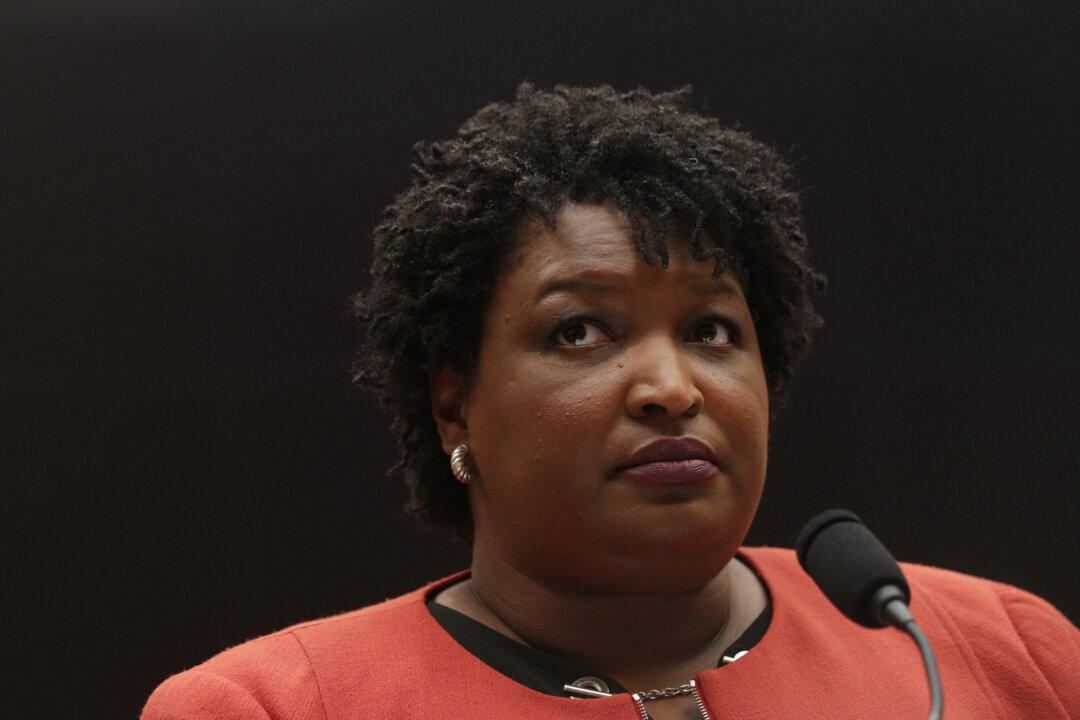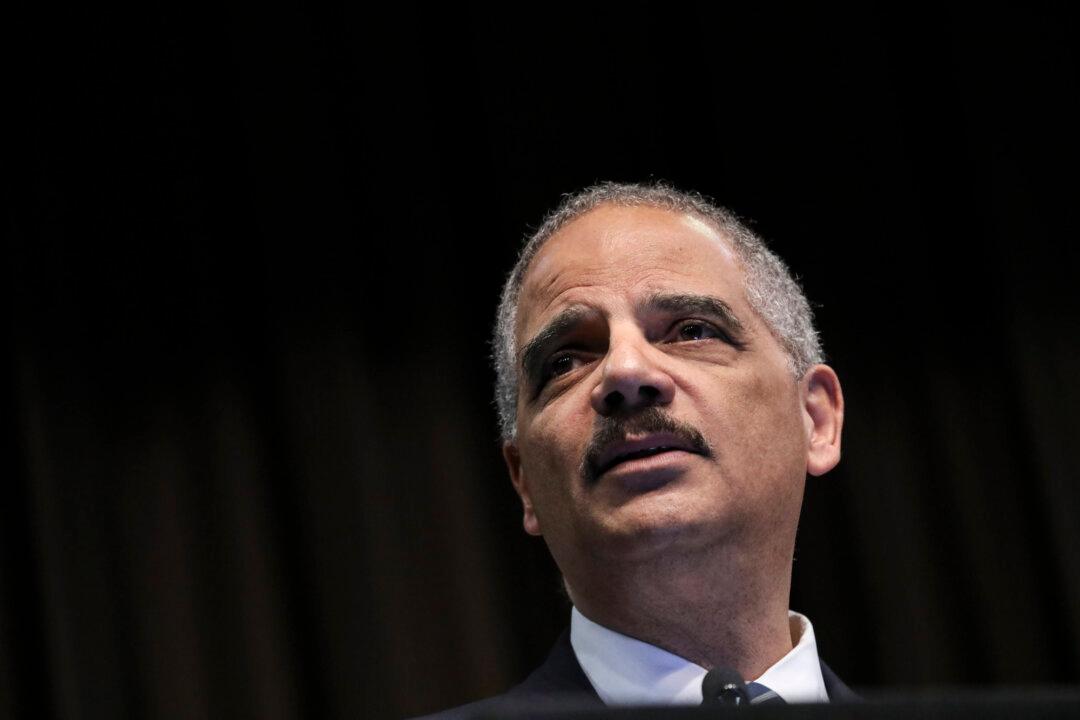Rep. Mark Meadows (R-N.C.) floated a compromise solution on Jan. 15 to end the nearly monthlong partial government shutdown sparked by an impasse over funding for a barrier wall on the U.S. southern border.
President Donald Trump is insisting that any new funding bills include $5 billion for the wall. But House Speaker Nancy Pelosi (D-Calif.), has called a border wall both “immoral” and “a waste of money”; other top Trump critics have followed suit.




